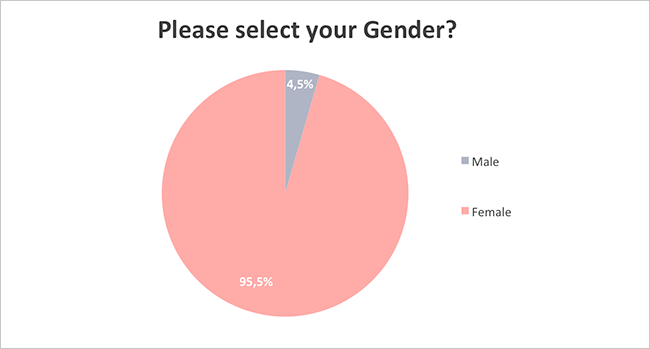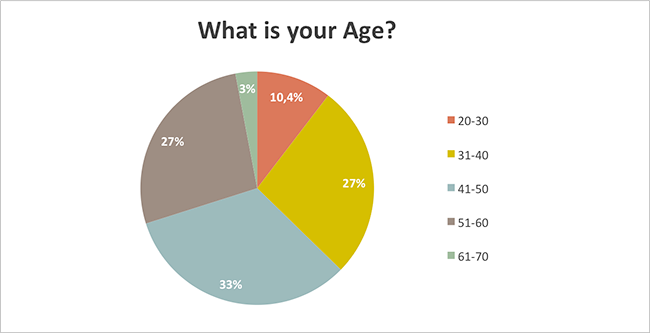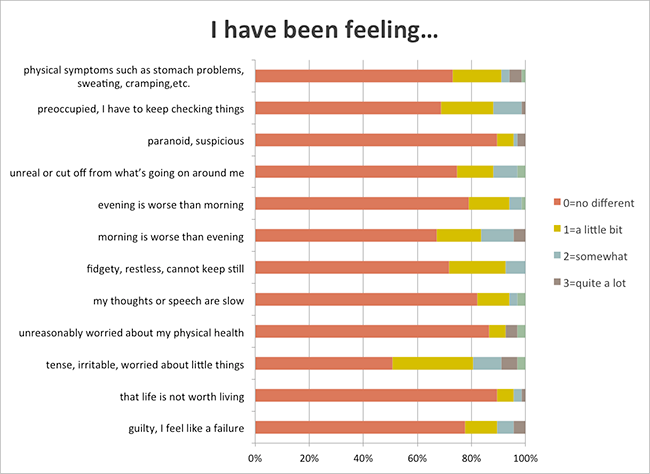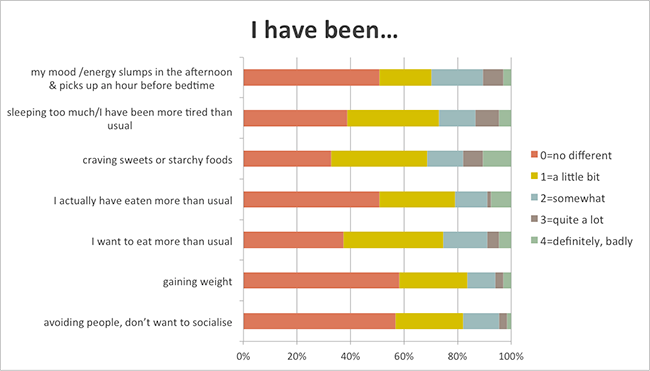During Autumn and Winter, a lot of people feel sad or down, due to the low temperatures and shorter days. However, for some people, this can turn into a subtype of clinical depression that lasts throughout the fall and winter months. This is known as Seasonal Affective Disorder (SAD).
What are the symptoms of SAD?
- Mild depression
- Anxiety
- Decreased activity
- Social withdrawal
- Increased sleep duration
- Increased appetite
- Weight gain
- Carbohydrate craving
Who suffers from SAD?
- 10% of general population
- Most common in people who are treated for depression
- Most common in higher latitudes, where winter days are a lot shorter than closer to the equator
- Occurs more in woman than in men
- SAD may run in families, which suggests that it could be genetic
- Occurrence of SAD lessons after the age of 55 years
What Causes SAD?
- 24-hour sleep-wake cycle, circadian rhythm, caused by the rise and fall of hormones–melatonin
- Melatonin is the master sleep hormone, produced in the pineal gland
- The sleep-wake pattern depends on how well the functioning of the internal circadian clock works, deep in the brain.
- It works with photo sensors in the eyes to sense darkness
- The body begins to produce melatonin when darkness falls, one of the factors that cause you to sleep.
- Melatonin is secreted throughout the night, at dawn it decreases and gradually diminishes – causing you to wakefulness in the morning.
- When there is a problem with this system, sleep disorders and psychological problems can occur.
Read more about Seasonal Affective Disorders (SAD) and recommended treatment.
Results:



